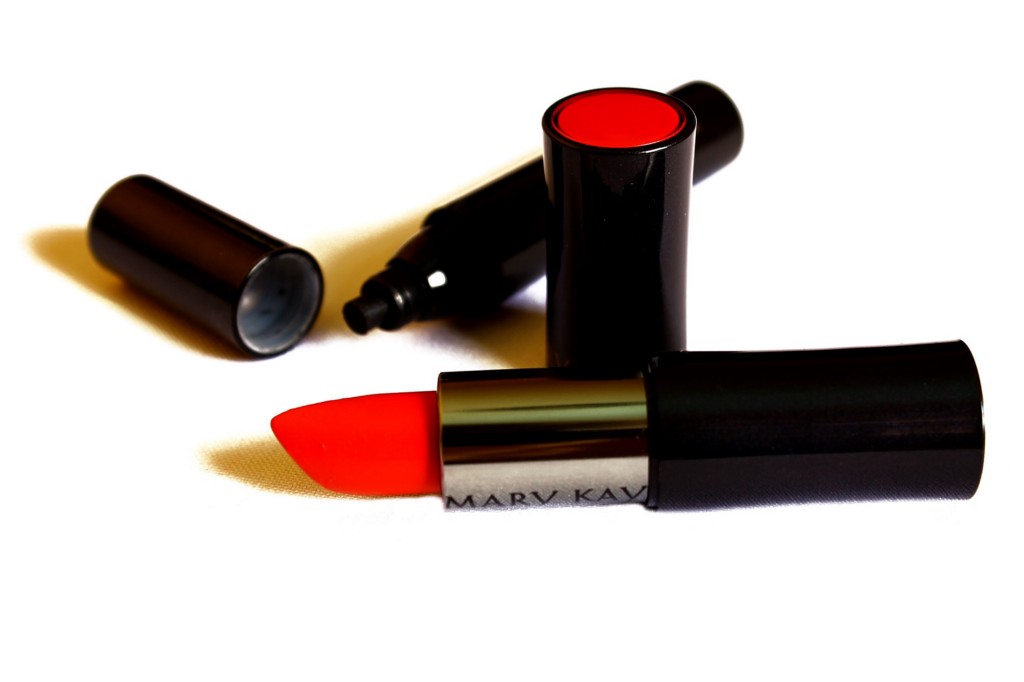Over/Under
You’re one or the other.

At current count, I have four jars of face cream, winnowed down from eight or so. I threw away ones that I hadn’t used or that made me break out, some of which were barely touched. I tried to pawn some off on my siblings at first, but they weren’t terribly interested in my rejects. Most of the products were holdovers from a previous life working for a women’s interest website — PR samples that came to the office that I took home regardless of whether or not I needed them. I stocked my shelf in the bathroom, then my dresser top and eventually a shoebox that holds a lot of nail polish I haven’t touched in years with creams and serums and eye gels, hoarding as if for an incoming apocalypse that requires me to look dewy and youthful.
The only beauty products I regularly use down to the very end are shampoo, body wash, conditioner and contact lens solution. I have never used a lipstick to the bottom of the bullet; ditto moisturizer, highlighter, eyebrow things and blush. I should stop buying things until I’m out of the things. That’s why this article from Allure about beauty YouTube’s obsession with #empties spoke to me.
Why the Internet Is OBSESSED With Videos About Empty Beauty Products
Wiggle pass that headline and get right into this thing in which writer Maria Teresa Hart shines a light on the corner of the beauty internet that posts lengthy vidoes about all the products they used to the very last drop. The antithesis of the haul video, or perhaps a haul video’s natural conclusion, an “empties” video gives cachet to a brand whose product was actually finished by an influencer. As Hart points out, beauty bloggers are inundated with choice; to actually finish a product is a point of personal pride and speaks to the efficacy of the product. Of the two types of consumer in this space — overbuyers and underbuyers — they are the former.
Author Gretchen Rubin, who broke down the formation of habits in her book Better Than Before, divides buyers into two categories: under-buyers and over-buyers. Under-buyers struggle with spending money. They long for a curated collection of things. “They will always buy as little as possible,” Rubin says. She explained that they get true satisfaction from using things up thoroughly. Over-buyers are the opposite. They appreciate choice and abundance. Running out of things causes them stress and makes them feel impoverished. “They love to buy anticipatorily,” Rubin explains.
An underbuyer celebrates the last drop of a fat tub of Creme de la Mer. Cutting open your tube of Glossier Priming Moisturizer (not worth it, in my humble opnion) to spatula out the bits clinging to the side is a perfectly normal and reasonable thing to do; it costs $25 for just over an ounce of product and my god, I will be damned if I get every blob of moisturizer out of there and onto my face because I paid for it.
The overbuyer operates differently, catering to a personal need for abundance and choice. One face cream does one thing, but this other one does something else. Best to buy both and have them on hand just in case. You can overbuy white button down blouses if that’s what you wear all the time, because each one has a very specific purpose. You can overbuy notebooks or pens or washcloths for the same reason.
I don’t know if it’s better to be one or the other, though underbuying wins the race by a hair. Beauty products go bad; shirts take up space. I have piles of notebooks in a box somewhere that are maybe a quarter full, each purchased for a very specific time and need, but cast aside once their utility fades. Is this you? Do you buy beauty supplies or notebooks or paper towels in reckless abundance, so that you are always prepared? Or do you own just enough of everything to see it through to the end?
Support The Billfold
The Billfold continues to exist thanks to support from our readers. Help us continue to do our work by making a monthly pledge on Patreon or a one-time-only contribution through PayPal.
Comments